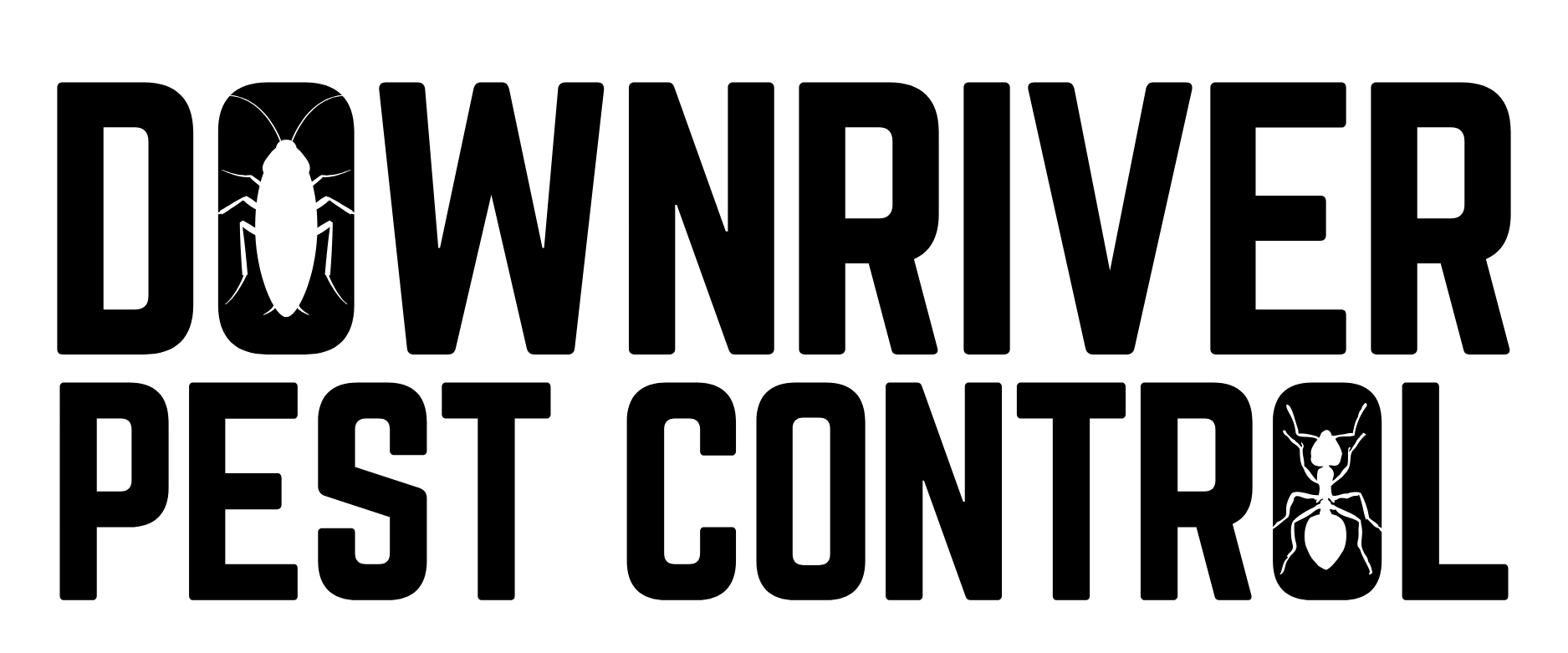BALD FACED HORNETS
Aggressive stinging insects that can pose a serious threat to your home, family, and pets. At Downriver Pest Control, we provide safe, effective solutions for bald-faced hornet infestations to help keep your property secure.
What are bald-faced hornets?
Top Facts About Bald Faced Hornets
1. Aggressive Defenders
Bald-faced hornets are highly protective of their nests. They will swarm and attack anyone or anything that comes too close, delivering painful stings.
2. Multiple Stings
Unlike bees, bald-faced hornets can sting multiple times, increasing the risk of pain, swelling, and potential allergic reactions.
3. Large, Visible Nests
Their paper-like nests can grow quite large, often reaching the size of a football. Nests are typically built in trees, shrubs, or high corners of buildings, making them hard to ignore.
4. Beneficial Insects, Despite Their Aggression
They feed on a variety of insects, including flies, caterpillars, and even other wasps, helping to control pest populations in their ecosystems.
5. Can Sense Movement from Far Away
They have excellent eyesight and are highly sensitive to movement. They can detect potential threats from a considerable distance.
6. Seasonal Nests
Bald-faced hornets build new nests every year, as old nests do not get reused. By late fall, most hornets die off due to the cold, and only the fertilized queens survive the winter,
wasp-Proof Your Home
Effective Strategies to Prevent Infestations
Seal Cracks & Hole
Prevent hornets from nesting around your home by sealing cracks, gaps, and entry points in walls, siding, and under eaves.
Keep Food Covered
Bald-faced hornets are attracted to sugary and protein-rich foods, so keeping garbage bins sealed and food covered reduces their attraction.
Trim Vegetation
Hornets often build nests in trees and shrubs. Regularly trimming and inspecting greenery around your home can help spot potential nesting sites early.
Remove Water Sources
Like other pests, bald-faced hornets are attracted to water. Fix any leaks or standing water sources that might attract them.
Bald-faced hornets nests can be a serious problem, and you shouldn't face them alone.
At Downriver Pest Control, we offer expert solutions to keep your home ant-free. Contact us today for a comprehensive inspection and personalized prevention plan.
Request A Free Estimate!
We will get back to you as soon as possible.
Please try again later.
BROWSE OUR WEBSITE
Phone: (313) 381-1877
Email: downriverpestcontrol@gmail.com
Proudly Serving all of Wayne, Oakland and Washtenaw Counties
Hours of Operation:
- Mon - Fri
- -
- Saturday
- Appointment Only
- Sunday
- Closed

